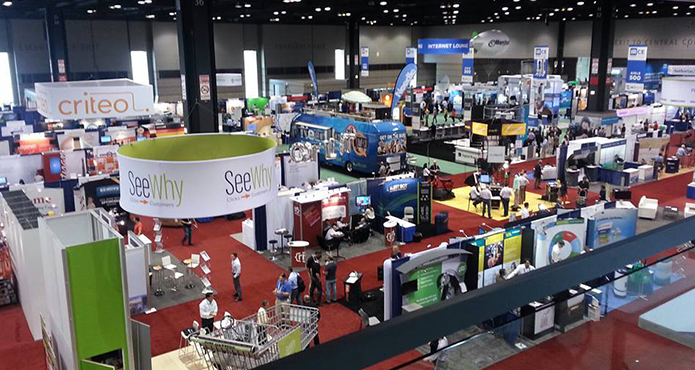The pandemic has significantly altered how we shop, consume food and beverages, and even communicate with one another as social beings. It has had a significant impact on consumer purchasing patterns worldwide as well as the retail ecosystem.
However, it is also true that Covid-19 is causing changes in consumer expectations because of the rise in internet usage among consumers, as well as the shift in their lifestyles toward greater security and the use of safer buying practices. Customers are migrating into the virtual world at an unprecedented rate and are exposed to more influences than ever before due to the ongoing restrictions on their ability to move around physically.
The eCommerce sector will experience a “dramatic” increase in its share of all retail sales, from 16 percent to 19 percent in 2020, according to UNCTAD, an authority on trade and development.
This figure also includes “business-to-business” (B2B) trade, which collectively accounted for 30% of the world’s gross domestic product two years ago.
“Some of these statistics show glimpses of the growing importance of online activities,” said Shamika Sirimanne, UNCTAD’s director of technology and logistics. “They also point to the need for countries, especially developing ones, to have such information as they rebuild their economies in the wake of the COVID-19 pandemic.”
Recognizing the tectonic shift
The pandemic hastened the global and sectoral move to online purchasing. According to a thorough assessment conducted by McKinsey last year, the COVID-19 crisis has altered our purchasing habits. Which of these changes will endure, though?
We anticipate the following will be crucial:
– Flight to online
– Shock to loyalty
– Need for hygiene and transparency
– Back to basics and value
– Rise of the homebody economy
The shift in behavior toward online buying will be more long-lasting and persist even when people are willing to return to stores and even when they do. Customers view stores as a way to improve their hands-on experience with the goods they purchase, however customers’ expectations of stores are rising:
Three major shifts taking place
For most planned purchases (across categories), the online channels (web & mobile) are the very first touchpoint
Brand & product discovery is now largely online – social media, Ads, Searches (Google, Amazon)
Fulfillment experience is becoming critical – speed of delivery, omnichannel experience, convenience
The fulfillment experience
Let’s focus on fulfillment experience: here is what most customers have now started to expect. And not just expect – but demand!
1. Free delivery (Amazon Prime does that)
2. 1–2-day shipping (why do I need to wait for the product to arrive). Shipping speed is becoming one of the most crucial factors in deciding where to purchase the product from
3. Ease & convenience of returns & exchange (Can I walk into the nearby store & pick up the right size – does it even have it?)
What are retailers doing to meet these enhanced customer expectations?
Smarter Order Orchestration – To improve the speed of delivery and optimize shipping costs, retailers are investing in smarter order orchestration technologies & processes. Smarter order orchestration focuses on optimizing delivery time & shipping costs, thereby allocating the order to the most optimal fulfillment center or store. This also allows retailers to offer more shipping options as value-added services (10-minute delivery or 1-day delivery, curbside pick-up and get a 3% discount coupon, etc.)
- Investing in more fulfillment centers – Retailers are making a shift from a few large hubs to smaller fulfillment centers across the country & regions to be able to reduce delivery timelines & shipping costs
- Dynamic inventory allocation – To support smarter order orchestration, retailers are investing in more agile inventory management that uses predictive analytics to allocate inventory to the fulfillment centers and stores. This helps in higher fulfillment rates & higher inventory turnover ratios
- Visibility across the value chain: to support omni-channel interactions, retailers are investing in platforms & data technologies to give their staff a 360° visibility of the customer and ensure more seamless cross-channel transactions.
- Over the next two to three years, it’s expected that there will be greater investments made in creating more agile supply chains, with a focus on coordinating order orchestrations with agile inventory management techniques to give customers a smooth omnichannel ordering and fulfillment experience.
Rather than indulge in idle crystal-gazing, we at Iksula are proactively partnering growth along with some of the best-known names in eCommerce in helping them transform their omnichannel capabilities.
Know more about what we are doing or talk to our experts to understand how Iksula is helping eCommerce businesses reinvent their omnichannel experience.


